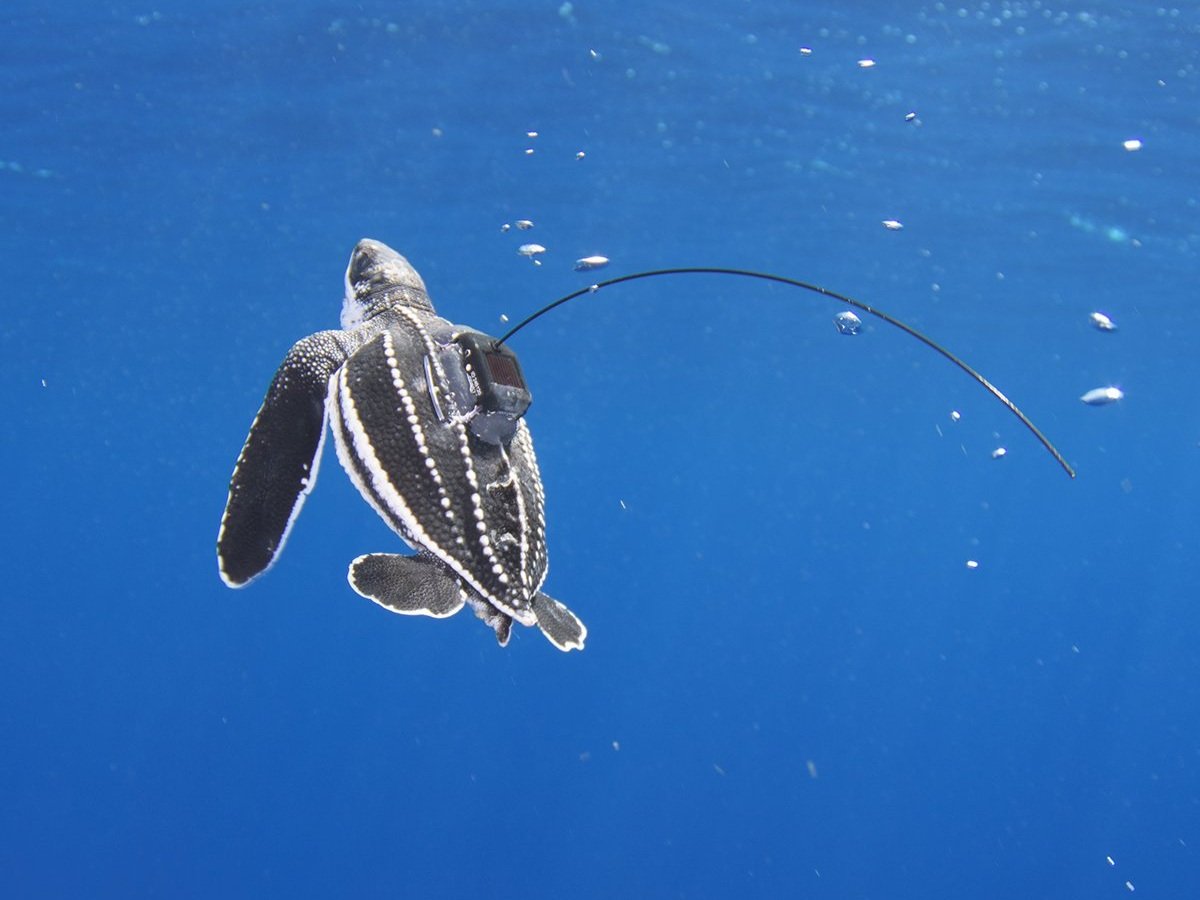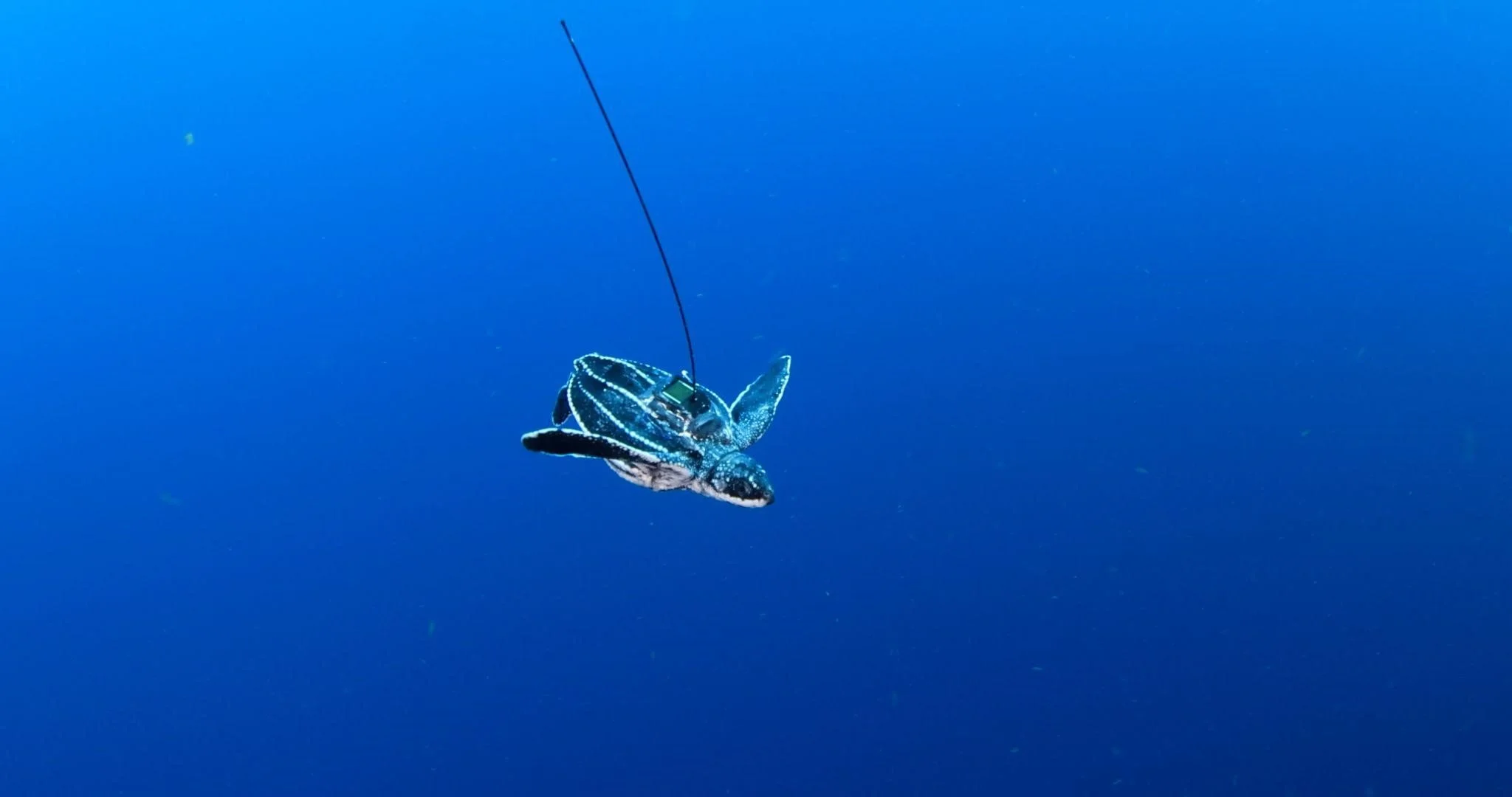Upwell’s efforts to learn more about the lives of juvenile loggerheads in the Atlantic expanded from Florida to the Azores, and now, to South Africa. Through a new collaboration with the Two Oceans Aquarium Foundation, Upwell Executive Director Dr. George Shillinger traveled to Cape Town for the tagging and release of rehabilitated juvenile loggerhead sea turtles. The Two Oceans Aquarium Foundations' Conservation Manager, Talitha Noble, wrote this post to provide some insights on why learning more the movements of young loggerheads at this juncture between two oceans is so important.
Following Tiny Turtles at Sea: Tag Tech
Telemetry, also known as biologging, is when researchers use tags to follow an animal and collect data on its location, physiology, behavior and environment. This kind of data helps researchers create effective conservation strategies; for example identifying areas where an animal forages, breeds or builds its home and then reducing threats in those areas. Learn more about how Upwell is using cutting-edge telemetry tech to learn more about juvenile sea turtles in our latest blog post!
Farewell and Good Luck, Ember!
Ember the Juvenile Loggerhead Swims out into the Atlantic!
Ember the Rescued Baby Loggerhead’s Atlantic Adventures
Novel tracking technology sheds light on leatherback “lost years”
New technologies are finally shedding light on one of the greatest mysteries in sea turtle biology. Using prototype “micro-satellite” tags specifically designed to fit juvenile leatherback turtles, Upwell and Florida Atlantic University researchers released eighteen captive reared juvenile leatherbacks to track their movements off the coast of Florida and shed light on the “lost years” phase of their lives.
Where do turtles go when they leave the nest? Upwell aims to find out.
Little is known about a turtle’s life at sea. Conservation efforts and studies of sea turtles have largely focused on nesting beaches. Upwell aims to learn more about how sea turtles travel the oceans. By understanding where they go and how they use different habitats, we can better advance protections for turtles at sea.












